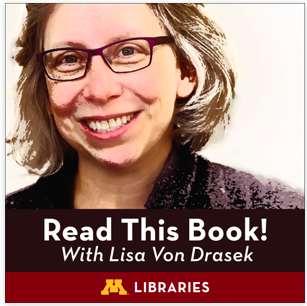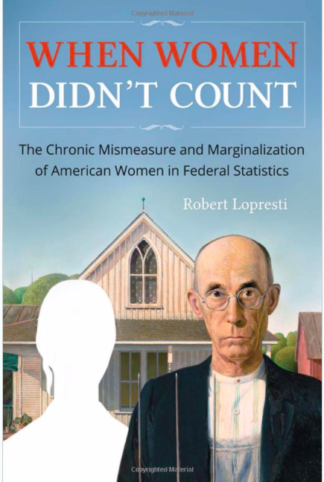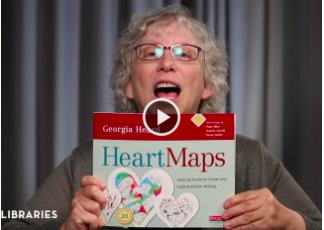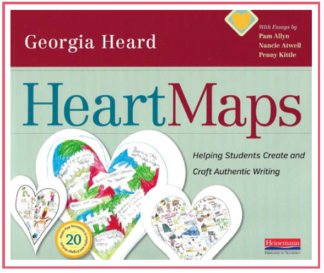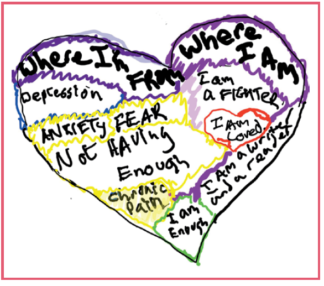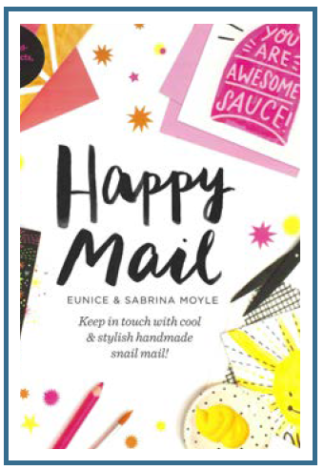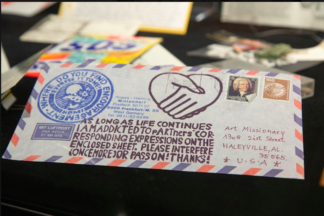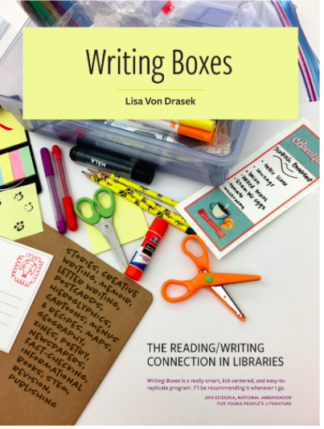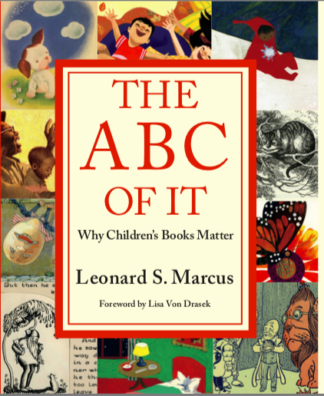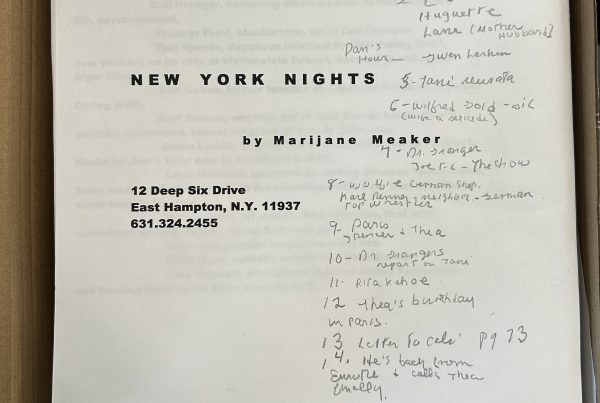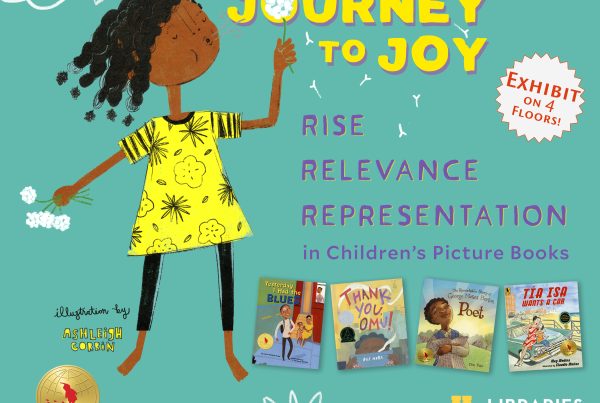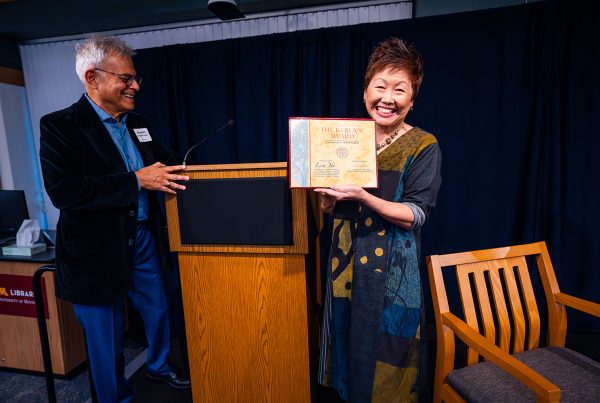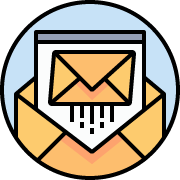Read this Book!
Every wonder what to read next? When I was a young pup librarian the process of recommending a book was called “Readers Reference.” Now it is called Readers Advisory.
Every once in while, librarians from the University of Minnesota get together to talk about the books they love and want to share. We film these and post them as Read This Book!
https://www.continuum.umn.edu/category/read/
The interests of the University of Minnesota Librarians span genres and subjects.
For example.
Alicia Kubas, the University of Minnesota’s Government Publications and Data Librarian. reviewed “When Women Didn’t Count: Behind the scenes on data collection and women in the USA” by Robert Lopresti.
In the book, Lopresti details the startling facts of how women have been sidelined, neglected, and just plain lied about in United States government statistics for more than two centuries.
Kubas also discussed some of the strangest discoveries she’s seen and heard about from the government publications collections.
Summer Reading and Writing
And I recommended for Summer Reading- two books for parents to encourage reading AND writing. video here
Summer is almost officially over but reading and writing for entertainment and pleasure continue all year round.
I recommend these two mentor texts for teachers, librarians, and parents who want to inspire their children of all ages to write.
Heart Maps
In Heart Maps, Georgia Heard shares 20 unique, multi-genre heart maps to help writers, young and old, write from the heart. Suggested formats include the First Time Heart Map, the Family Quilt Heart Map, and the People I Admire Heart Map. Heard’s clear, concise instructions and inspiring prompts help the writing mentor librarian produce a workshop that will facilitate authentic writing. Heart Maps are the perfect activity for intergenerational programming, helping families share stories.
With Heard’s permission, I am sharing this uniquely creative process. For my example, I first brainstormed the “where I’m from” prompt, (George Ella Lyon’s poem and practice)thinking about struggles of my childhood and young adulthood. Then I thought about where I am now. Here is my heart map.
And Happy Mail
It is not unusual to hear moans of pain and sighs of dread from young participants when we announce that we’ll be writing letters. Letter writing often means an adult standing over a child, insisting on correct format and punctuation while the child grips a pen to squeeze out a few words of gratitude for that itchy hand-knit Christmas sweater—a moment enjoyed by neither adult nor child. My favorite mentor text for letter writing is the short story “Your Question for the Author Here,” by Kate DiCamillo and Jon Scieszka in Guys Read: Funny Business. In the story, a student’s homework assignment is to write to a famous author. I sometimes begin a Writing Box session reading a portion aloud of the short story aloud.
There is no more authentic form of writing than the letter or postcard. A message on a piece of paper that arrives unexpectedly is a joy. Writing a letter or postcard is an intentional act that says to the recipient “You are important to me. I was thinking about you. I have news for you.”
Families and friends also, of course, keep in touch electronically through email and Facebook. Many of our young writers do a significant amount of their writing and reading through emails, Instagram, Twitter, text messages, and other electronic formats. But we must recognize that many of our populations do not have electronic access. We have therefore chosen to go lowtech for this Writing Box program. The blank space on a postcard is finite, and not as overwhelming in size as a blank piece of paper. And handcrafted postcards can be sent through the US Postal Service when postage is attached. Our postcard session in the public library was especially popular with adult participants, and there was high interest among writers for whom English was a second language, who were eager to send their postcards to family and friends back home.
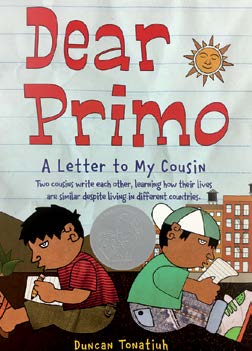
Tonatiuh, Duncan. 2010. Dear Primo: A Letter to My Cousin. New York: Abrams Books for Young Readers.
Stamped and Posted
Communication Art From Around the U.S.A.
This exhibit celebrates mail art — a rare, fun, and enticing form of art and print culture.
Mail art became a traceable genre in the early 1960s. Artist-selected networks formed “add and pass” exchanges that resulted in visually provocative correspondence that was stamped and delivered via the United States postal system, fax machines, or computers. Zines and posters were likewise revolutionary in content, design, and format.
This deep mail art network from the collection of artist and art educator Mimi Holmes is the most recent acquisition for the Francis V. Gorman Books and Media Collection.
Exhibit details
What: Stamped and Posted: Communication Art From Around the U.S.A.
When: July 22 through September 30, 2019
Where: Elmer L. Andersen Library, Wallin Center, Bell Gallery (ground floor)
Hours: Open during regular building hours at Elmer L. Andersen Library
Events related to the exhibit
Talk with collector and co-curators | Thursday, September 5 | 5:30 – 7:00 p.m.
Reception | Thursday, September 12 | 7:00 – 8:30 p.m | Light refreshments
For more writing prompts and mentor text recommendations
To download the free e-book Writing Boxes: The Reading/Writing Connection here
University of Minnesota Libraries Publishing
University of Minnesota Libraries Publishing Services is here to support our affiliates’ creation of scholarly publications. They provide consultations about general publishing questions, and they publish a number of journals, books, dynamic scholarly serials, and textbooks through our University of Minnesota Libraries Publishing imprint.
Free Downloads of Monographs and Text Books.
For a free download of The ABC of It: Why Children’s Books Matter

